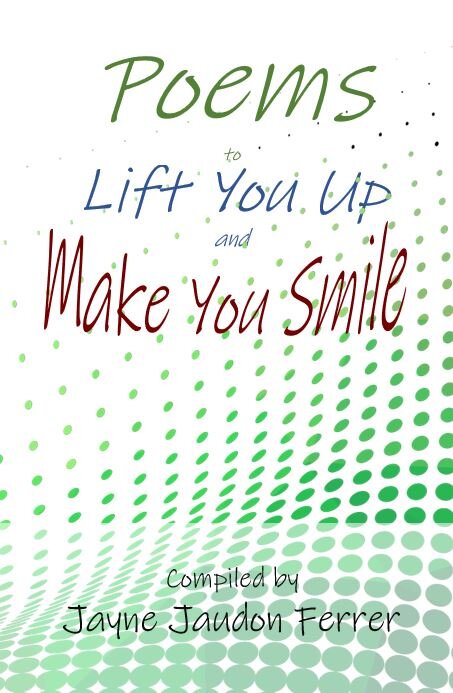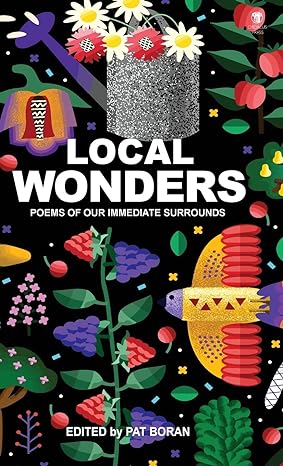|
'Let's die,' I say to my kids,
Lee aged five, Luca not yet three,
and under an August blanket of sun
we stretch out in the grass on a hill
to listen to the sea just below
drawing close, pulling back,
or to the sheep all around us
crunching their way down towards earth.
'Do you love the clouds, Dada?'
'Do you love the Pink Panther?'
and 'Will you stay with us for ever?'
to which I reply, without hesitation,
Yes, Yes and Yes again,
knowing that as long as we lie here
everything is possible, that any of the paths
up ahead might lead us anywhere
but still, just in time, back home.
Like me, sometimes they act too much,
filling the available space and time
with fuss and noise and argument,
but up here, overlooking the landscape,
the seascape, of their lives, on this hill
they like to play this game, to lie
together and together to die
which, in their children's language, means
less to expire or to cease
than to switch to Super Attention Mode,
to prepare for travel, to strap oneself
into the booster seat and wait and wait
for the gradual but inexorable lift
up and off and out into motion.
For my two boys, things are only
recently made flesh, made mortal—
our uprooted palm tree, two goldfish,
the bird a neighbour's cat brought down
last week—and they are almost holy
with this knowledge. 'Let's die now,
then let's go home for tea,' Lee says,
putting into words as best he can
the sea's helpless love affair with the land.
From The Next Life (Dedalus Press, 2012).
Used here with the author's permission.
|








